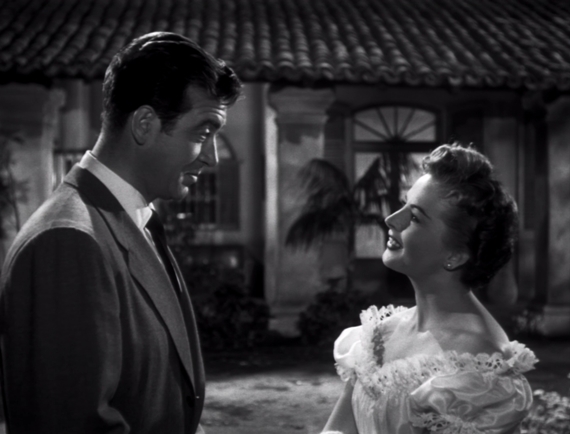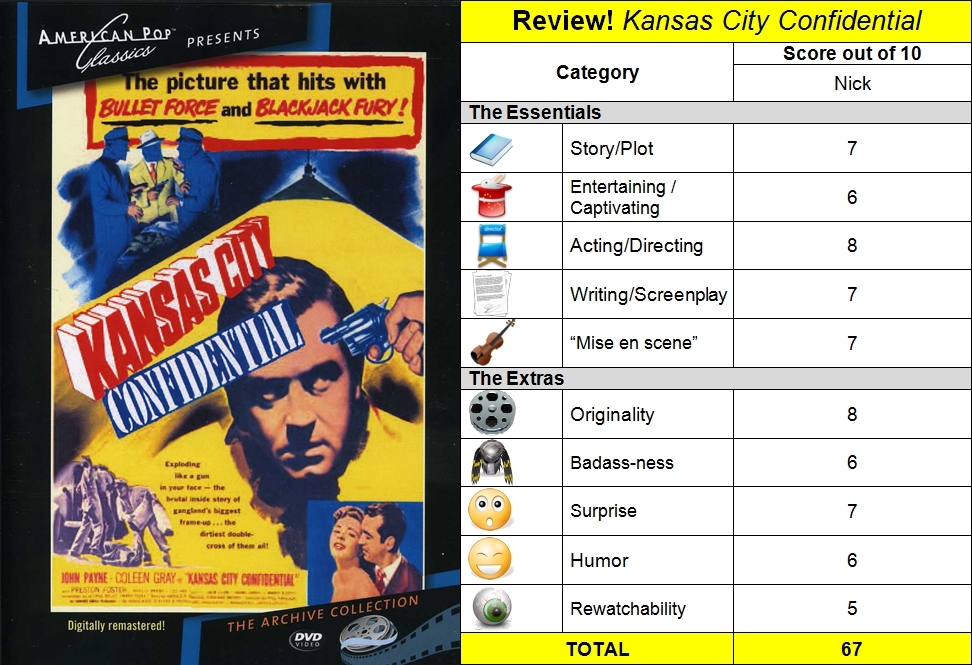
VERSUS THE SCARECROW EPISODE 6: BACK 2 THA HOOD. I decided to challenge myself and really open the doors of my film knowledge and take on “The Scarecrow Video Movie Guide”. It’s 808 pages of movies and movie reviews from some of the most knowledgeable movie people you don’t know. It’s a book put together by a staff that praises, and destroys, some of our favorites and not so favorites. You can read the rest of my series here.
Just a quick refresher: each episode, I’m going to tackle three films from three different categories. Two films will be films I’ve never seen before and one will be one I’ve seen before or own. For the new films, well, new to me, I’m going to review them like a typical FTS review using the TOAST Rating system. But, for the films I’ve seen, I’m going give a quick paragraph or two about why I like or don’t like the film. We’ll try to include the poster and trailer for each film. “….and here. We. Go!”

In this episode, I’ll be taking a look at films that share one thing, amongst potential others, in common: The name of their setting/location is in the title. Although I had many to choose from, I’ll be looking at the Judy Garland classic Meet Me in St. Louis, the black and white film noir classic Kansas City Confidential and the silent film masterpiece Metropolis.

Kansas City Confidential (1952) Directed by Phil Karlson. Starring: John Payne, Coleen Gray and Preston Foster. IMDB says: “An ex-con trying to go straight is framed for a million dollar armored car robbery and must go to Mexico in order to unmask the real culprits.”
Kansas City Confidential (KCC) is an interesting film that took me a few minutes to grasp. The opening sequence feels a bit muddy and convoluted at first, but as the rest of the film unfolds, you start to piece together what just happened and why it happened. It did take a rewatch as well but maybe that’s just me. It’s the story of an ex-con Joe Rolfe (John Payne) trying to become an upstanding citizen again but falls into some trouble when he’s framed for a million dollar bank robbery. It takes him from Kansas City all the way to Mexico. With KCC being a black and white film noir classic, I was expecting to see elements I’ve seen over and over again in todays crime films. What I got was a concept and little ideas that felt new, despite the film being now 60 years old. From the way they were able to con the con, to robbing the bank, to escaping to Mexico, to the little twists along the way the film felt fresh and rewarding. Sure there were typical plot devices and deceptions, but I’m sure for it’s time in 1952, many audiences were surprised and shocked.
I’m also sure that 1952 was a very different time and how violence was handled on screen might have been a little different. Not much gunplay was used, but when it was, none of it looked realistic or like the actor tried at all (watch the cop “shoot” at the getaway car in the beginning of the film) And during interrogation scenes, there was a lot of open hand slapping that looked flat out ridiculous and was sadly laughable at times. It took me out of the film a few times and was off-putting to the point of just skipping this film altogether. But I stuck it out and expected a big finish. That didn’t happen. What I got was a film that wrapped itself up in seconds on a minor subplot (a potentially predictable twist I don’t want to give away) that felt more like a plot device that a story or relationship between the characters.
The score was your standard score for the time and the actors I’m sure were big for the time, but you wouldn’t recognize them today. The only exception might be Lee Van Cleef if you’re a fan of the Man With No Name Trilogy or Escape From New York. Overall it’s a neat film to watch but I wouldn’t put it at the top of your queue. As of this article posting, the film is available for instant streaming in HD through Netflix.
Check back tomorrow for my review of Metropolis and if you’re interested in more, you can find the rest of the Versus The Scarecrow series here.

